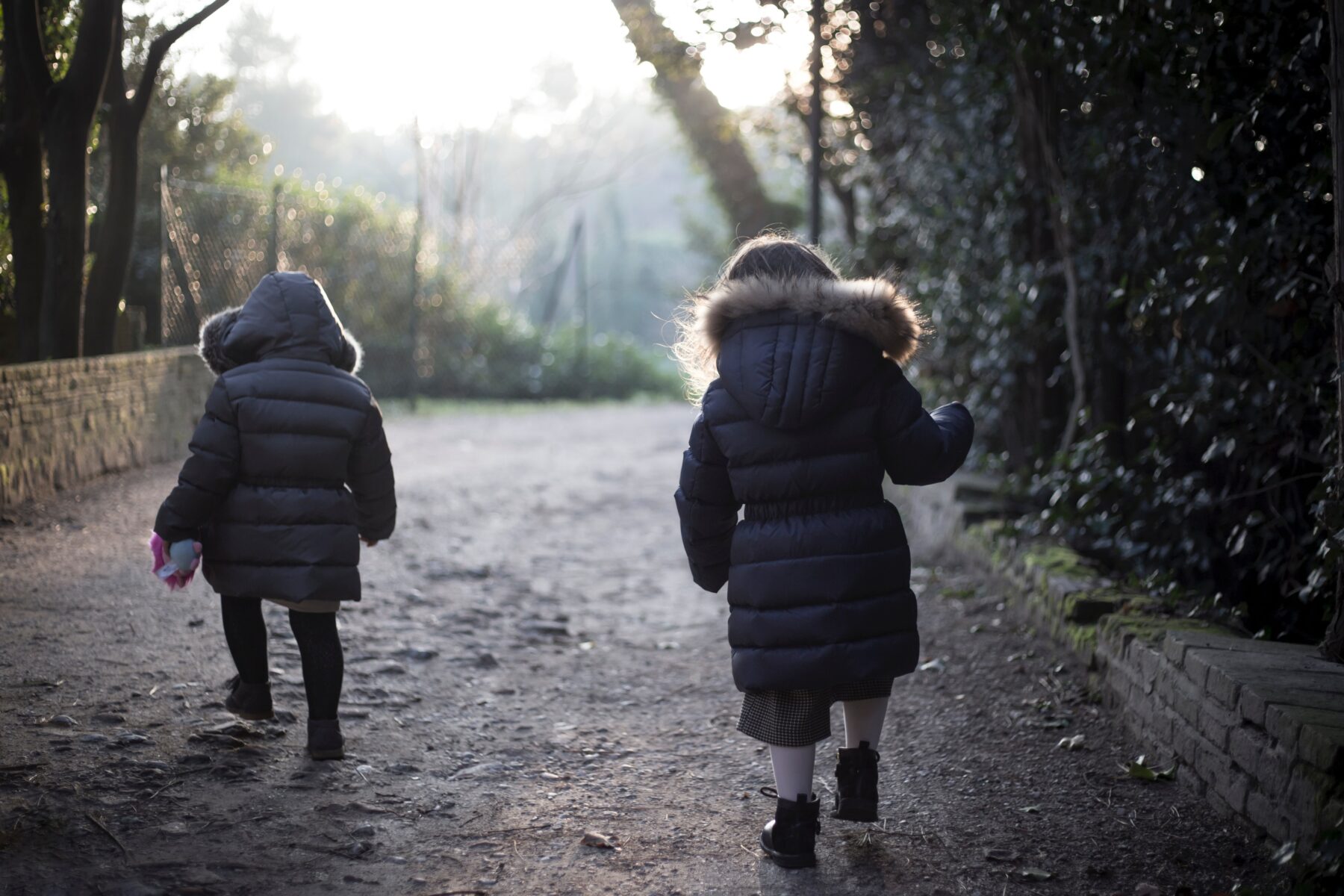Top tips for meeting Standard 2.2 – protecting children through effective supervision

The New South Wales Department of Education, in its function as the NSW Regulatory Authority, has released its top tips to ensure that every child’s right to experience quality education and care in an environment that provides for their physical and psychological wellbeing is met.
Quality Area Two of the National Quality Standard aims to safeguard and promote children’s health and safety, minimise risks and protect children from harm, injury and infection.
The National Law and Regulations specify several requirements that services must adhere to in providing children with quality education and care in a safe environment.
Standard 2.2 has a particular focus on:
- Active supervision
- Safe transportation of children
- Excursions
- Child protection awareness and training obligations.
Active Supervision
Effective supervision is integral to creating environments that are safe and responsive to the needs of all children. Supervision is a key aspect of ensuring that children’s safety is protected at all times they are being educated and cared for, including during excursions and transportation provided or arranged by the service.
Sections 165 and 166 of the National Law require the approved provider, nominated supervisor and, if applicable, family day care educator, of an education and care service to ensure that all children in their care are adequately supervised at all times.
They must take every reasonable precaution to protect these children from harm and from any hazard likely to cause injury.
It is important a service has systems in place to identify, assess and manage hazards (2.2). Effective risk management ensures a proactive approach to identifying and mitigating risks, and ensuring an adequate approach to supervision.
ACECQA’s active supervision information sheet offers guidance on ensuring safety and promoting learning in ECEC services.
Safe Transportation of children
Transportation may present additional risks to children depending on how educators manage transitions between the vehicle and an education and care premises and/or other location. To better manage these risks, new requirements have been introduced to strengthen oversight arrangements when children are being transported under the care of an education and care service.
Under R102B, risk assessments MUST be conducted before transport by the service or arranged by the service is authorised (except for regular transportation for which a risk assessment has been conducted within the previous 12 months). Refer to R102C for the required considerations to be addressed in the risk assessment.
ACECQA’s safe transportation of children information sheet offers guidance on the new requirements for policies and procedures, risk assessment and written authorisations.
The Department has also partnered with Kids and Traffic to develop a range of resources to guide and assist services in implementing best practice in the safe transportation of children.
Excursions
Under R100, risk assessments MUST be conducted for all excursions (except those which are regular outings and have had a risk assessment conducted within the previous 12 months). The risk assessment must be carried out in accordance with R101 of the National Regulations, which lists the required considerations.
Unpacking excursions and regular outings provides information and resources to support services who choose to take children under their care on an excursion or outing.
Child protection awareness and training obligations
Management, educators and staff are required to be aware of their roles and responsibilities to identify and respond to every child at risk of abuse or neglect. Communication with families is vital, so educators should actively listen and respond to family input regarding signs or indicators of child abuse and/or neglect.
Persons in day-to-day charge and nominated supervisors are required to have child protection training as specified in section 162A of the National Laws. The nominated supervisors and staff must also be aware of their legal obligations under child protection law beyond the NQF under R84.
Some tips for services
- Do you have processes in place to inform new and/or relief educators of the service’s supervision arrangements? Services are encouraged to conduct comprehensive inductions with new staff members to ensure they understand their responsibilities and obligations.
- Have you planned for the supervision of children in both outdoor and indoor areas, including supervision of nappy changing/toileting, and meal and sleep routines?
- Ensure the service policies, procedures and practices are comprehensive, current and suited to each service and that they reflect the regulatory requirements. Services are encouraged to seek expert advice from professionals in developing and reviewing their policies and procedures.
- Educators are encouraged to actively engage with children to support their learning as active supervision requires a combination of observation and engagement.
- Services must collaborate with families, communities and local agencies to achieve good outcomes for children.
- Provide an environment where educators’ wellbeing is promoted to support and enhance children’s health and provide children with a safe environment.
Access ACECQA’s website for an information sheet on ensuring children’s health and safety at your service.
Popular

Quality
Practice
Provider
Research
ECEC in focus - Una Springwood’s intergenerational initiative brings young and old together through connection and care
2025-06-30 10:00:45
by Contributed Content

Provider
Practice
Quality
Research
Aboriginal Education Strategy drives early learning and school success in South Australia
2025-07-01 09:55:12
by Fiona Alston

Workforce
Policy
Quality
Research
Inclusive Practice Framework set to strengthen inclusion in early childhood settings
2025-06-24 11:37:00
by Isabella Southwell










